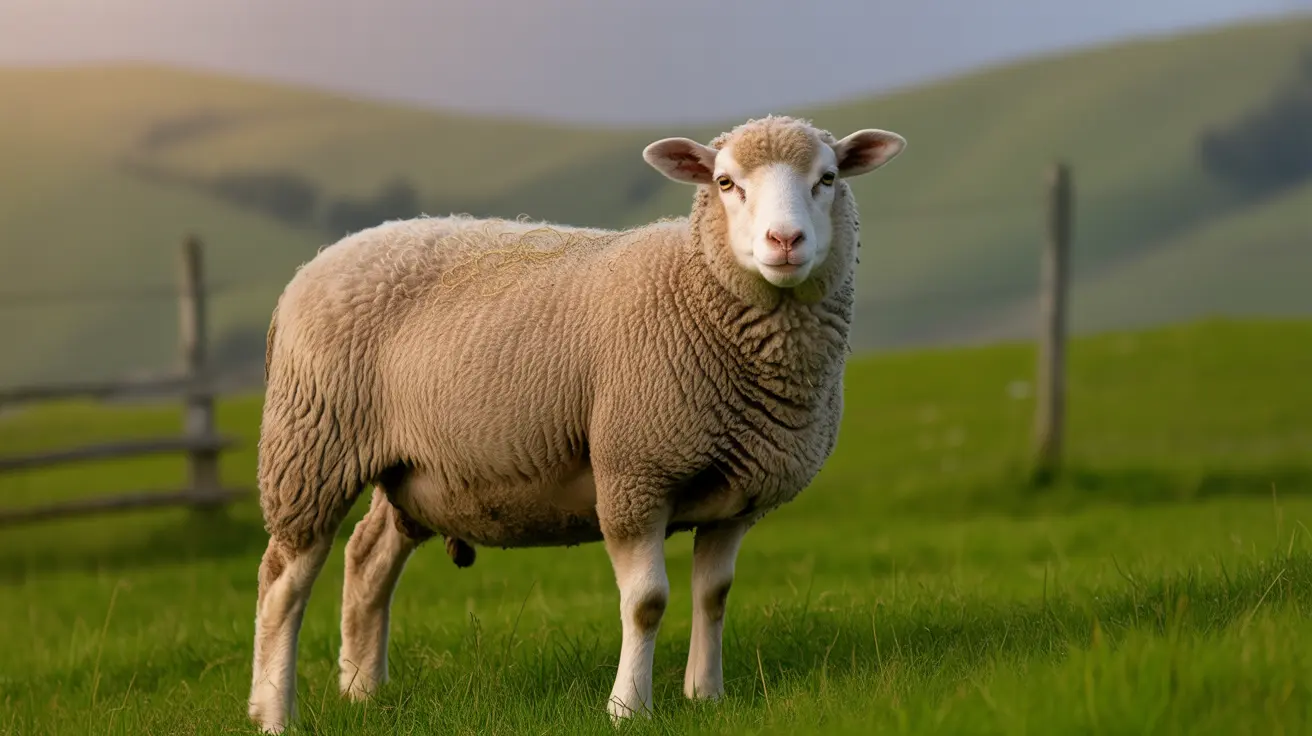The Healthiest Food for Your Dog: How Rice Fits In
Choosing the healthiest food for your dog involves providing a balanced diet that supports energy levels, digestive health, and overall well-being. **Rice**, a staple in many human diets, also plays a beneficial role in canine nutrition. While it should not be your dog’s primary source of food, incorporating rice as part of a balanced diet can offer several nutritional benefits.
Benefits of Rice for Dogs
Rice is safe and beneficial for dogs when served properly. Here are some key health benefits:
- Easily digestible carbohydrates: Provides quick energy, especially important for active and senior dogs.
- Rich in nutrients: Contains B vitamins, magnesium, manganese, and iron.
- Low in fat and sodium: Helps maintain a heart-healthy diet.
- Source of dietary fiber: Especially in brown rice, aiding in digestive regularity and gut health.
White Rice vs. Brown Rice
White rice is often recommended by veterinarians for dogs recovering from gastrointestinal issues such as vomiting or diarrhea. It is:
- Low in fiber
- Easy to digest
- Helpful in binding stools during digestive upset
However, white rice has a high glycemic index, which may lead to blood sugar spikes. Therefore, it’s less suitable for dogs with diabetes or those needing to maintain a healthy weight.
Brown rice, on the other hand, retains more nutrients because it contains the bran and germ. It is:
- Higher in fiber and B vitamins
- Better for sustained energy
- Lower on the glycemic index
Yet, it may be harder to digest for dogs with sensitive stomachs.
Types and Preparation of Rice
Jasmine rice, a type of white rice, is also safe when served plain. Nutritionally, it is similar to standard white rice.
When preparing rice for your dog:
- Cook thoroughly with plain water—no oils, butter, salt, soy sauce, garlic, or onions.
- Cool before serving to avoid burns.
- Store cooked rice in the refrigerator for up to four days.
Combining Rice with Lean Proteins
To enhance the nutritional profile of rice, pair it with lean proteins like boiled chicken or turkey. This is especially useful during recovery from illness. A common ratio is:
- 2 parts rice
- 1 part lean protein
Portion Sizes
Rice should make up no more than 10% of your dog’s daily caloric intake. Here's a general guideline:
- Extra-small dogs (2–20 lbs): 1–2 tablespoons
- Small dogs (21–30 lbs): 2–3 tablespoons
- Medium dogs (31–50 lbs): 1/4 cup
- Large dogs (51–90 lbs): 1/3–1/2 cup
- Extra-large dogs (91+ lbs): Up to 1/2 cup
Warnings and Considerations
Do not feed uncooked rice—it is difficult to digest and may cause gastrointestinal upset. Avoid cooked rice with added
ingredients, especially garlic and onions, which are toxic to dogs.
Some pets may be allergic or sensitive to grains. While rice is hypoallergenic for many, always monitor your dog for adverse reactions when introducing new foods.
Rice in Commercial Dog Food
While rice is often used as a filler in commercial dog foods, overuse may not be nutritionally optimal. Diets too high in carbohydrates could potentially lead to:
- Obesity
- Pancreatitis
- Insulin resistance or diabetes
Rare concerns include nutrient imbalances, such as reduced taurine levels in grain-heavy diets, though these cases are uncommon.
Conclusion
Rice is a healthy, safe, and versatile food for dogs when prepared and served correctly. Ideally, it should be an occasional supplement rather than a staple. A balanced canine diet requires an appropriate mix of proteins, fats, vitamins, and minerals, which rice alone cannot provide. For dogs with digestions issues or recovering from illness, rice combined with lean meat offers a mild and nourishing option.
Always consult your veterinarian before making significant changes to your dog’s diet, especially if your pet has underlying health conditions.





